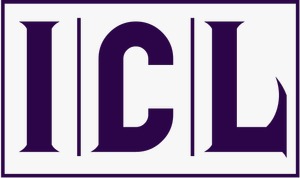Factors Affecting Mobile App-based Shopping in Pakistan: An Implication of UTAUT2 Model with Deal Proneness
Keywords:
Mobile shopping-apps; User behaviour; Use intention; UTAUT2 modelAbstract
Mobile shopping-apps (MS apps) are opening new horizons in mobile commerce. Wireless networks and the establishment of 3G and 4G mobile networks play a vital role in mobile shopping apps growth and development. MS apps provide convenience and flexibility to the customers, as customers do not need to be connected to fixed local area networks. Due to rapid growth in mobile apps adoption for shopping, it is also considered an emerging research area. The current study used the technology acceptance model "Unified Theory of Acceptance and the Use of Technology 2 (UTAUT2) model" to explore the factors which are considered essential to predict the BI and the UB regarding the use of app-based shopping with an additional factor of deal proneness. PLS-SEM is used to explain the adoption process on variables such as; PE, FC, EE, PV, SI, HB, and DP. The study results revealed that PE, FC, EE, and HI positively and significantly predict the consumer's BI.Furthermore, FC and HB proved to have a mediating relationship between BI and UB, whereas the HB direct effect is insignificant. The behavioural intention of consumers positively predicts UB. The study further revealed that DP has a significant direct and positive relationship with mobile shopping apps UB. The study is useful for the policymakers and mobile shopping app providers to devise the policies by considering the prominent factors which help increase their sales and attract potential consumers.
Downloads
Published
How to Cite
Issue
Section
License

This work is licensed under a Creative Commons Attribution-NonCommercial-NoDerivatives 4.0 International License.

